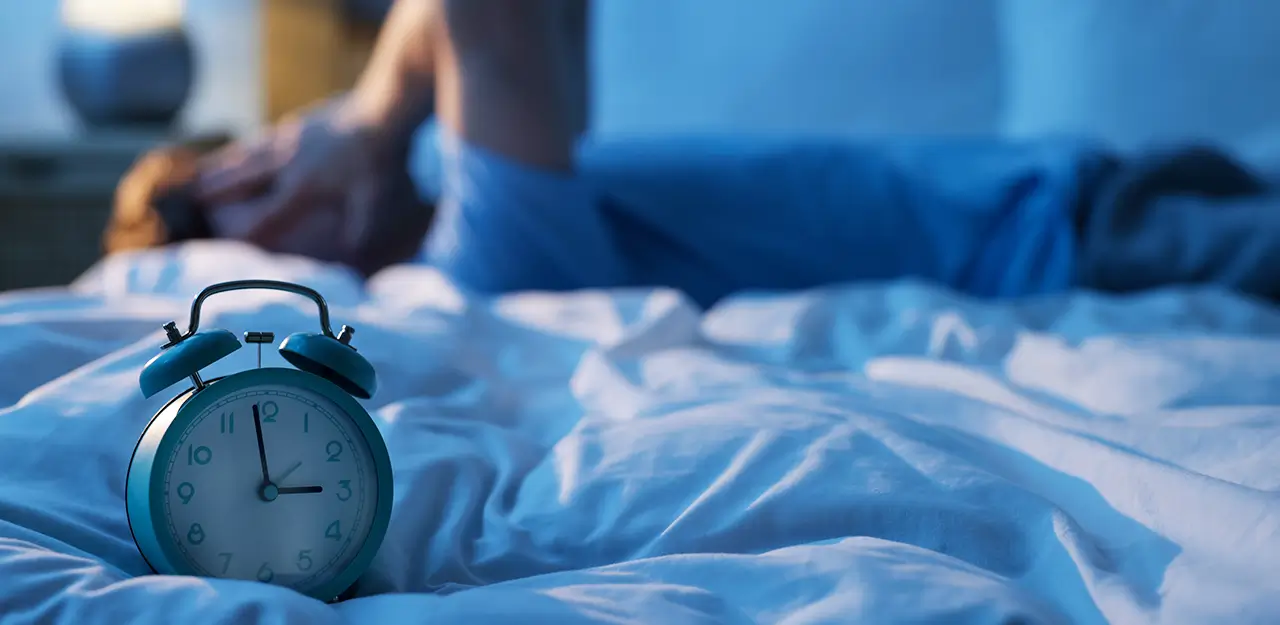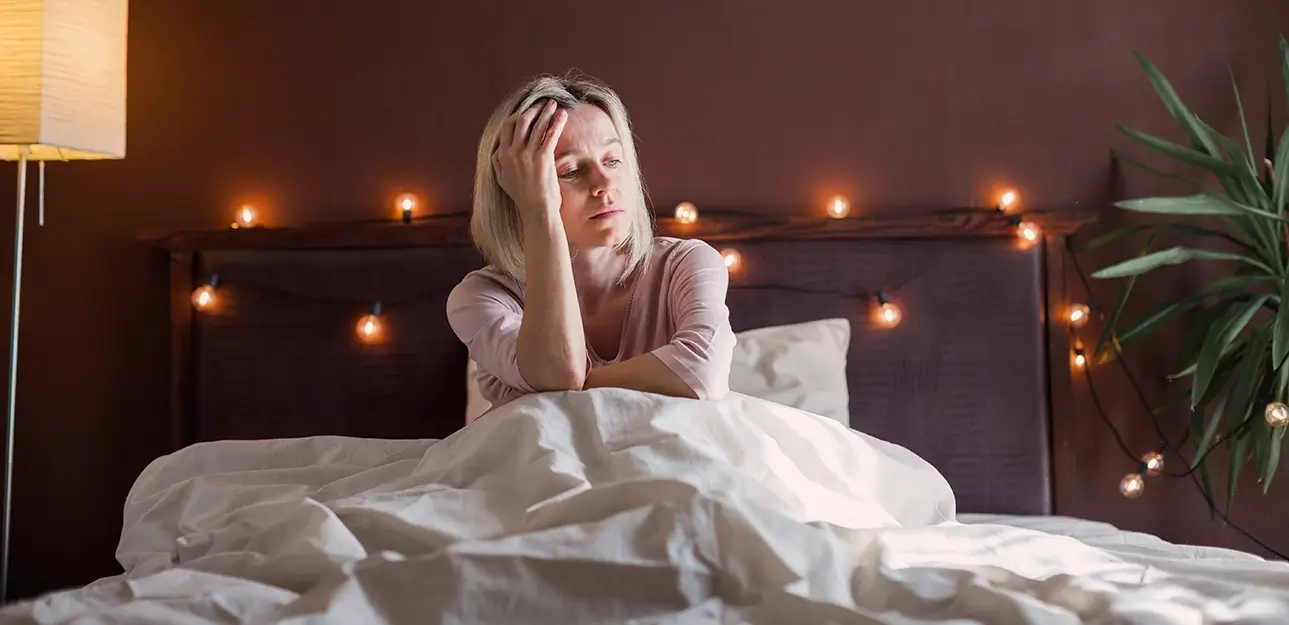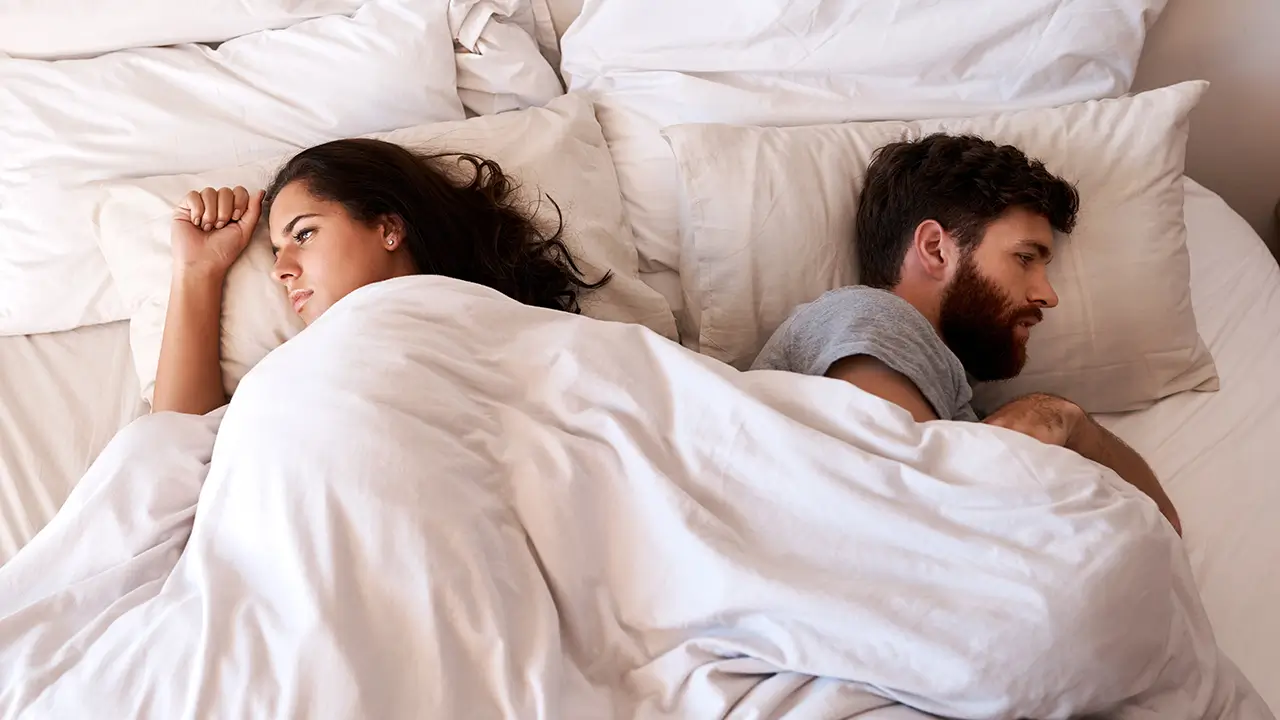
Insomnia: Why Sleep Slips Away and How to Get It Back
We’ve all had nights when sleep just won’t come. You’re tired, your body is ready, but your mind won’t slow down. For some, this happens once in a while. For others, it becomes a pattern — and that’s when it turns into insomnia.
Insomnia is more common than most people realize. Roughly 1 in 3 adults struggle with it at some point in their lives (NIH, 2022). And it doesn’t stop there: up to 75% of older adults report insomnia symptoms, while nearly 43% of children also struggle to fall or stay asleep (Healthline, 2024). Teens aren’t immune either; research estimates that around a quarter to a third of adolescents regularly deal with sleeplessness.
This shows us that insomnia isn’t just an “adult issue.” It’s something that can affect anyone, at any stage of life.
So why does sleep slip away — and more importantly, how can we get it back?
The Cycle of Insomnia
Insomnia often works like a loop. The first few sleepless nights might be triggered by stress, travel, or an irregular schedule. But as those nights pile up, your brain starts to make new associations: the bed becomes a place of frustration, not rest.
Think of Pavlov’s dogs, who learned to salivate at the sound of a bell because their brains linked the sound with food. Our brains work the same way with sleep. If you spend night after night lying awake, staring at the clock or scrolling on your phone, your brain starts to connect your bed with wakefulness. Instead of “bed = sleep,” it becomes “bed = tossing and turning.”
This is why insomnia feels like it snowballs. The more you struggle to sleep, the harder it becomes to break the cycle. But the encouraging part is that because insomnia is learned, it can also be unlearned.
Breaking the Habit: Go to Bed Only When Sleepy
One of the simplest but most effective steps is called stimulus control. The idea is to rebuild the connection between bed and sleep.
That means going to bed only when you’re truly sleepy — not just tired from the day. Sleepy looks different: heavy eyes, slower thoughts, yawns you can’t hold back. If you’re lying awake too long, don’t force it. Get up, move to another room, and do something calm in dim light — maybe reading a book or listening to quiet music. Then return to bed when you feel drowsy again.
It feels counterintuitive, but this retrains your brain: bed means sleep, not stress.
Sleep Restriction: Less Time in Bed, More Rest
Another tool is called sleep restriction therapy. Instead of spending long, restless hours in bed, you actually shorten your time there to roughly match how much you’re sleeping now. This builds up natural “sleep pressure” — that biological urge to rest.
For example, if you’re only sleeping 5 hours a night even though you spend 8 in bed, you’d temporarily limit your time in bed to 5. Over time, as your sleep becomes deeper and more consistent, you slowly add more time back.
It sounds backwards, but research shows this is one of the most effective ways to reset your body’s sleep rhythm.
Quieting the Busy Mind
Even if your schedule is right, your thoughts might still get in the way. Worrying about the fact that you’re awake is one of the biggest drivers of insomnia.
This is where relaxation and cognitive tools come in. Techniques like progressive muscle relaxation (tensing and releasing your muscles from head to toe), deep breathing, or imagining a calm place can tell your body it’s safe enough to let go.
On the thought side, try noticing and challenging unhelpful beliefs. For example: “If I don’t fall asleep now, tomorrow will be a disaster.” That thought adds pressure and fuels more worry. Instead, remind yourself: “Even if tonight isn’t perfect, I’ve gotten through days before on little sleep.”
You can also try paradoxical intention — giving yourself permission to stay awake. Oddly enough, when you stop forcing sleep, it often arrives on its own. Or try cognitive shuffling — cycling through random, neutral words (like “apple, train, cloud”) to distract your mind from spirals of worry.
The Role of Sleep Apps
Technology can also help. There are now digital programs, like CBT-I Coach, based on Cognitive Behavioral Therapy for Insomnia (CBT-I), which is considered the gold- standard treatment. These apps guide you step by step through techniques like the ones above.
They also let you track your habits — bedtimes, wake times, caffeine, stress — so you can see how your choices affect your nights. This makes you the coach of your own sleep.
But here’s a tip: don’t obsess over the data. Checking your “sleep score” every morning can actually make insomnia worse. Use tracking to notice patterns, not to judge yourself. Look for changes over weeks, not night by night.
Practical Lifestyle Shifts That Support Sleep
When you’re dealing with insomnia, it’s tempting to think the problem only exists at night. But in reality, what you do during the day plays a huge role in how easily you’ll rest later. That’s why I often remind people that Sleep is a Daytime Issue®. The habits, routines, and rhythms you create long before bedtime are what prepare your body to let go once the lights are out.
Morning light exposure helps reset your body’s clock and sets the stage for nighttime rest. Regular activity or exercise during the day creates healthy tiredness that makes deeper sleep more likely. Cutting back on caffeine and alcohol, especially later in the day, can prevent nighttime wakefulness, since both substances interfere with sleep cycles more than many people realize.
Your evening routine matters too. Allow yourself time to unwind — dim the lights, step away from scrolling specifically, and do something calming like reading or journaling. And don’t overlook your sleep environment. A cool, quiet room and a supportive mattress send powerful signals of comfort and safety, both of which help your body relax into sleep.
When you begin treating sleep as something you prepare for throughout the day, rather than something you try to force at night, you give yourself the best chance of breaking the cycle of insomnia and returning to a healthier rhythm.
Putting It All Together
Insomnia doesn’t mean your body has forgotten how to sleep. It just means your brain has learned some unhelpful patterns — and with the right steps, it can unlearn them.
Here’s the roadmap: go to bed only when sleepy, get up if you’re lying awake too long, use shorter sleep windows to rebuild rest, calm your mind with relaxation and thought tools, try apps for structure and support, and strengthen your nights with healthier daytime habits.
Little by little, these changes retrain your brain to connect the bed with sleep again. And when that shift finally settles in, something powerful happens: the frustration begins to fade. You stop lying there tense and dreading another restless night. Instead, bed becomes a place you look forward to again — where sleep feels easy, natural, and within reach.
About our Team
Licensed clinical psychologist Dr. Kimberly Ann Lemke is an internationally recognised expert on the science of sleep - through her groundbreaking Drift® Method, she helps people prevent fatigue and burnout by focusing on daily habits. She is an award-winning entrepreneur and author.
Related Articles
It’s not you, it’s your mattress – how your bed can ruin your sex life
Sales Enquiries
Mon-Sat: 9:30am - 5:30pm
Sunday: 10am - 4pm
Customer Service
Mon-Sat: 9:30am - 5:30pm
Sunday: 10am - 4pm












